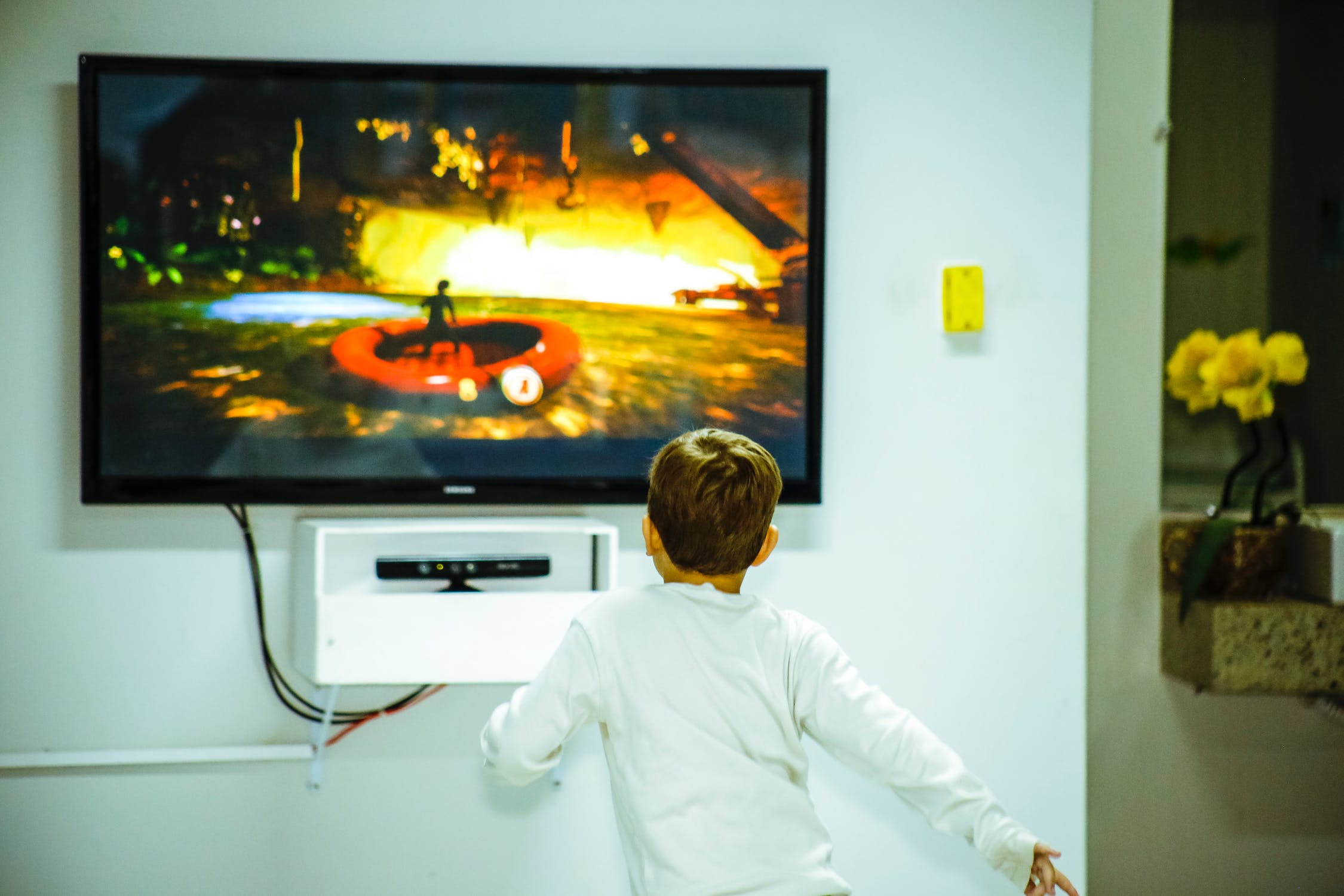
AdvantagesThe ongoing debate over which TV is best can cause consumers headaches. Here is a quick and easy breakdown of the three units.
It’s important to do your homework before purchasing a big-screen television. There’s a lot of junk out there that might save pennies up front, but ultimately ends up biting you in the backside with its lack of durability, lesser quality, and other problems. However, before considering what brand to buy, you should first determine what kind of big-screen TV you’re looking for.
LCD (Liquid Crystal Display) TV
- LCDs are good for still images and make good computer monitors. So, if you’re looking for a screen for TV and computer use, LCDs are a good bet
- Quality LCDs have excellent brightness level pictures.
- LCD flat panels don’t take up room and can be mounted on walls. In addition, LCDs are typically slightly lighter than Plasma TVs.
- Quality LCDs have a fairly long life, especially compared to older models (roughly 13-15 years at a six-hour per day pace.
- There are more 1080p LCD models than plasma (you’ll see a sharper picture with a 1080p model).
Disadvantages
- LCDs are not good for fast-moving pictures. When an object moves quickly across the screen, the image “delays” (there are trails of pixilation or blockiness) because the screen can’t keep up. For this reason, LCDs that are 37″ or smaller generally have better image quality because the delay is less noticeable than on larger LCDs.
- LCD TVs have difficulty with black levels
- LCD image looks great when you’re staring directly at it, but if you are watching from a slanted view the quality of the image can diminish greatly.
- LCDs are very expensive over 35″
- LCDs sometimes have pixel failure. This isn’t a common problem with top name brands, where one or two pixels might eventually die, leaving a black dot here and there. This is hardly noticeable unless you’re standing directly in front of the screen (considering a 20″ LCD screen has 30,000 pixels). However, in cheaper models where 10% of the pixels could go out, the TV may become unwatchable.
NOTES: There are a lot of junk LCDs out there, so stick to top brand names. Sharp is generally credited for making the best quality Plasma TVs.
Plasma TV
Advantages
- Top name brand plasmas have a fairly long life, lasting about 20 years at a six hours per day pace.
- A plasma screen has a field vision of about 180 degrees without loss of picture quality. That means you can watch the screen from any angle.
- Plasmas are very bright (about 4-5 times brighter than the average TV)
- They have great contrast ratios (enables them to show better shadow detail)
- Plasmas are generally cheaper than LCDs
- They have excellent picture responses. There is virtually no delay (blockiness or pixilation) like with LCDs.
- Doesn’t take up much space and can be mounted on a wall.
Disadvantages
- Plasmas can have burn-in problems. Plasmas do not make as good computer monitors as LCDs. If you were to leave the Plasma TV on for 24 hours a day and there was an image that remained constant on the screen (like a logo), you would run the risk of that image permanently burning into the screen. However, the chance of this happening is often over-exaggerated.
- Plasmas are not available below 37 inches.
NOTES: There are a lot of junk Plasmas out there, so stick to top brand names. Panasonic is generally credited for making the best quality Plasma TVs. Also, do not purchase a used Plasma TV on eBay. The first generation Plasma had poor contrast and brightness.
DLP (Digital Light Processing) TV
Advantages
- DLP screens are larger and are cheaper in the short-term than LCD or Plasma.
- Good brightness and color. DLP can illuminate a larger screen for more people at a cheaper initial cost than Plasma.
Disadvantages
- There’s a high maintanence cost. The DLP TV is basically a video projector in a box. You have to replace the lightbulb, which has limited durability.
- DLPs take up a lot more space than Plasma and LCD and are not wall mountable.
- DLPs don’t have as good field vision as Plasmas, meaning you can’t get as good picture quality when viewing the screen at an angle.
- DLPs are not known for having that great of picture quality.
- Fast moving objects can cause a trail of colors (color artifacts).
You can buy any of the above-mentioned model based on your needs. Also, check the compatibility for tv aerial installation so that you can watch anything smoothly.
